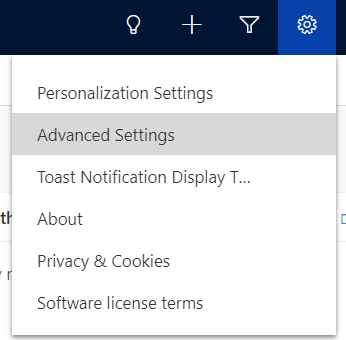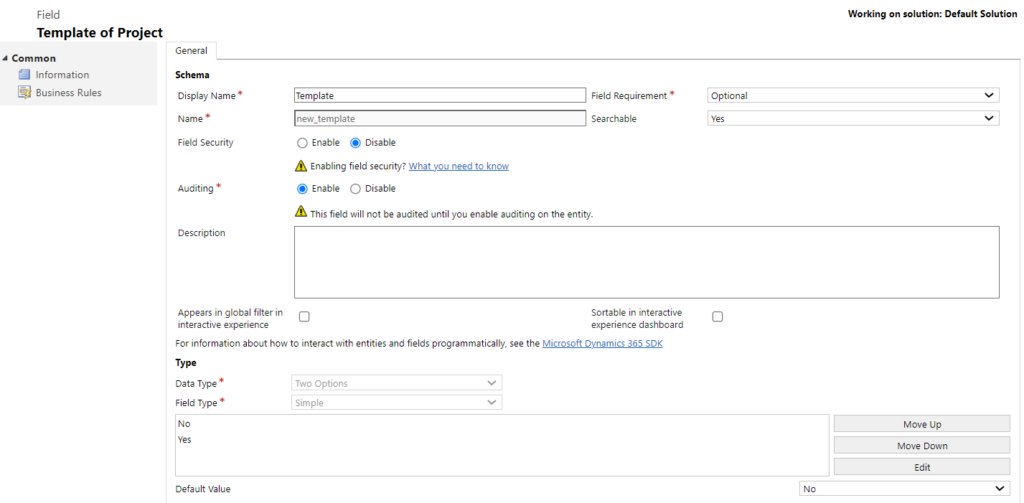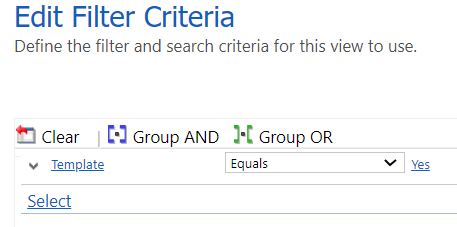Enhance your Project Operations system with pre-built project templates. We walk through how to extend Dynamics 365 Project Operations to create and manage templates in this blog.
Business users commonly want the ability to use pre-set project templates to create new project records quickly. We had this ability in PSA but not in Dynamics 365 Project Operations (PO) because it runs on Project for the Web.
Having project templates in Dynamics 365 PO can significantly increase user adoption and streamline the process by giving users a quick way to create projects from pre-built templates. This reduces the time spent searching for another project with the same structure and ensures all users follow the procedures.
This guide will show system administrators and customizers how to set up a no-code or low-code project template process in a few steps. We’ll walk through how to:
- Create a Template field on the Project record to easily mark which records are a template.
- Create a system view with the Project marked as templates.
- Create a new Project with the required template information (title, team, tasks) and mark the project as a template.
Let’s look at each step.
Step 1: Create a “Template” yes/no field on the Project record.
Select the settings gear in the navigation bar and select Advanced Settings.
Within Settings, select Customizations. Open Customize the System. A new window will open.
Expand Project Table and open your Project fields list. Click +New to add a new two-option field.
Give the field a name and leave the yes/no options. Be sure to add the new field to your form and publish!
Step 2: Create a System View for Project Templates
Creating a system view is a great way for users to quickly access the templates they need.
Select Project views list, and click +New to create a new Project Template system view.
Add the columns you need, select Edit Filter Criteria, and add a line for “Template = Yes.”
Pro Tip: Remove project templates from all other system views (and remind users to do the same on personal views). Reverse the logic above and add a line for “Template = No.” Doing so will make sure you don’t include templates in everyday views or any analytics.
Step 3: Create a new Project to mark as a template.
Select Project and click +New.
Complete the following items (all are included in the out of the box copy project function):
- Project properties – You can copy the following project properties without additional code: Name, Description, Customer, Calendar Template, Currency, Contracting Unit, Owning Company (does not apply for PO Lite), Project Manager, Status, Overall Project Status, Comments, Estimates, Estimated Start Date (date you create the project from the copy), Estimated Finish Date (adjusted based on the start date of the new copied project), Effort (Hours), Estimate Labor Cost, Estimated Expense Cost, and Estimated Material Cost (does not apply for PO Lite).
- Work breakdown structure
- Team members
- Estimates
- Expense estimates
- Material estimates
- Project checklists
- Project buckets
Mark template as yes in the project record. This will ensure you include it in the template view from Step 2.
Additional Considerations
If you are a system administrator or customizer, there are a few other points to think about regarding project templates in Dynamics. Consider creating a business rule to lock fields on the project form if marked as a template. This will ensure users can’t adjust the fields on the template. Be aware that this will not lock team members or tasks, and if you need to adjust template data, you must first disable the rule. You can also write a script to lock templates for all users except certain roles.
If you need to lock template creation to certain roles, you can add a field-level security rule for editing privileges on the template field.
“Copy project” does not copy over all data fields, nor does it copy any custom fields. See Microsoft’s Developer notes on customizing the Copy Project function here.
Conclusion
Templates in Dynamics 365 PO provide a consistent and professional experience for the users. We hope this guide helped you set up your own templates and enhance your and your users’ experience in Project Operations.





